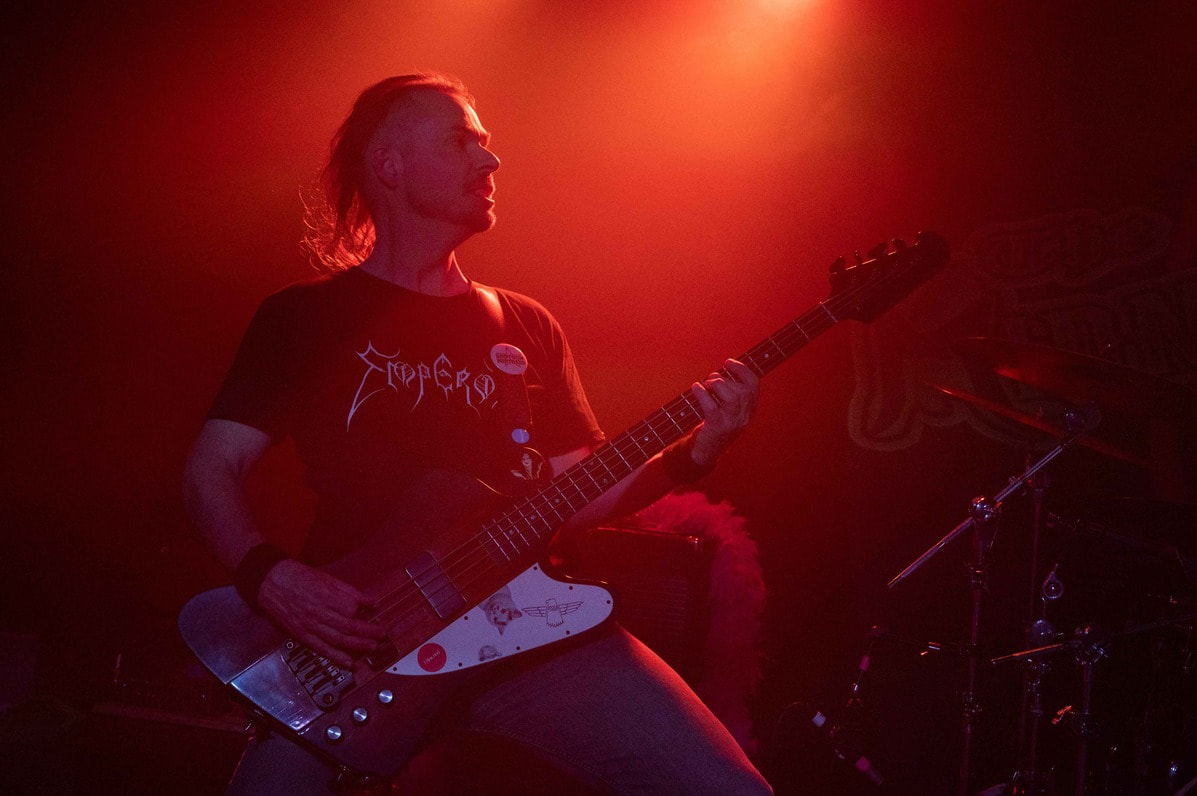 Lighting is one of the most important elements in concert photography. It can transform a moment, highlight a performer, and create an unforgettable atmosphere. Unlike studio photography, where lighting can be controlled, live music photography demands adaptability and quick thinking. Over the years, I’ve learned how to use lighting to my advantage to capture powerful, high-impact images that tell the story of a performance. One of my most memorable experiences where lighting played a critical role was at the Ecos of Pink Floyd show at the Corner Hotel on 23rd of June 2024. The moment I captured—now known as 'Mr Hand'—was a perfect example of how light can elevate a shot. The singer had just lifted his hand in the air, and the lighting rig hit at just the right moment, casting dramatic shadows and illuminating the scene beautifully. It was a split-second moment where everything aligned—the emotion, the pose, and the light. Without that precise lighting, the shot would not have had the same impact. Different lighting styles can create vastly different moods in concert photography. Backlighting, for example, can add depth and create a stunning silhouette effect. Spotlights can isolate a performer, drawing the audience’s focus to a single moment on stage. Coloured lights, while sometimes challenging to work with, can add intensity and emotion to an image. Knowing when to use these lighting techniques is essential in capturing the energy of a live show. One of the biggest challenges in live music photography is dealing with unpredictable lighting changes. Strobe lights, intense reds, or deep blues can sometimes be tricky, as they can cause loss of detail in the images. To counter this, I shoot in manual mode, adjusting my ISO, shutter speed, and aperture constantly throughout the gig. A fast shutter speed is key to freezing movement, while a slightly higher ISO helps in low-light situations without introducing too much grain. I also position myself strategically to take advantage of different lighting angles. Being in the right spot at the right time can mean the difference between an average shot and a breathtaking one. For example, during the Ecos of Pink Floyd show, I noticed how the lighting setup would periodically illuminate the singer in a way that created dramatic shadows. By anticipating when the lights would hit, I was able to capture 'Mr Hand' exactly as I envisioned. Understanding lighting is a continuous learning process. Every venue has different setups, and every band has a unique stage presence. The more I shoot, the more I learn how to adapt and use lighting to enhance my work. Whether it’s the glow of a single spotlight or the vibrant chaos of a full light show, lighting remains the most powerful tool in concert photography. It has the ability to turn a good photo into a great one, and I’ll continue to chase that perfect moment where light and music collide.
0 Comments
Leave a Reply. |
AuthorI am a live music photographer, who loves travelling and taking photos of live music! Archives
March 2025
Categories |

